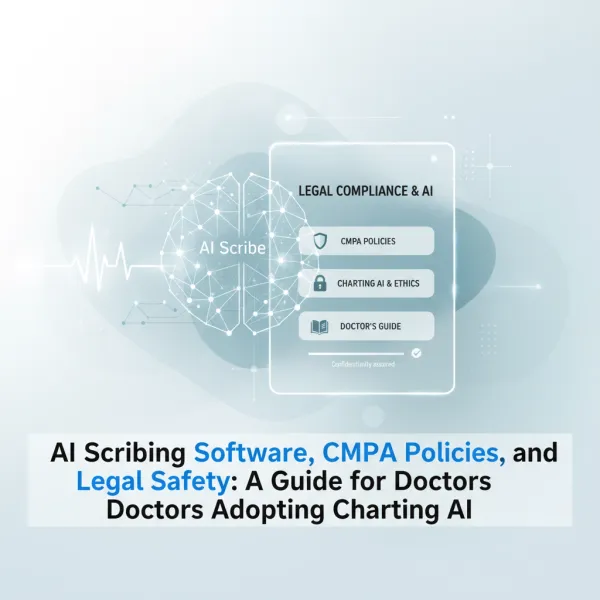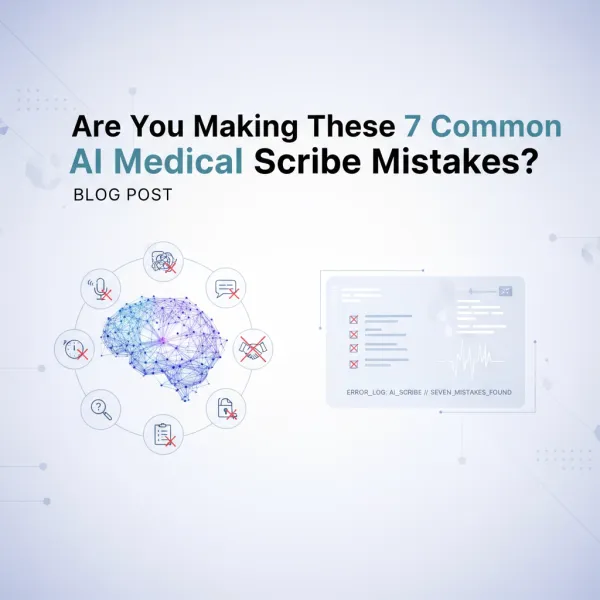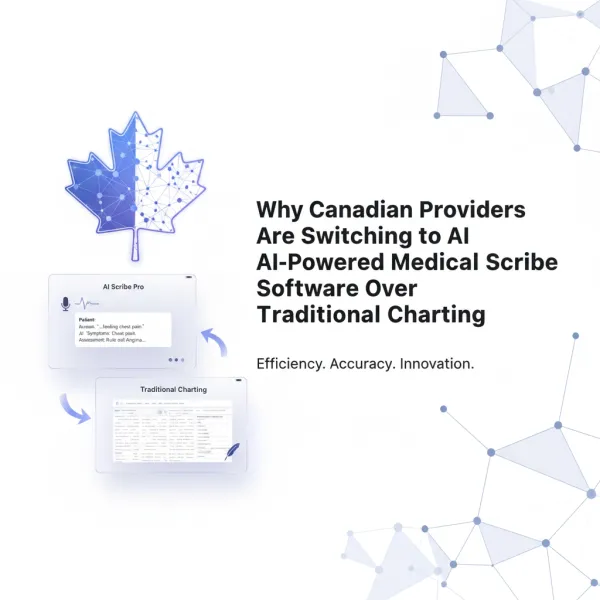Canadian Privacy Rules on Medical AI Scribes
Explore the privacy regulations for AI medical scribes in Canada, focusing on consent, data protection, and vendor compliance.

In Canada, healthcare providers using AI medical scribes must navigate strict privacy laws, for example PHIPA (Ontario) and PIPEDA (Federal). These laws ensure patient data is protected, consent is properly managed, and AI tools meet security standards. Here's what you need to know:
- Consent: Providers must explain how AI scribes use patient data and get explicit consent.
- Data Protection: Encryption, advanced de-identification, and secure data retention are mandatory.
- Vendor Compliance: Vendors must store data in Canada, follow security protocols, and provide privacy audits.
- Staff Training: Staff should review AI-generated notes for accuracy and privacy compliance.
Quick Comparison: PHIPA vs. PIPEDA
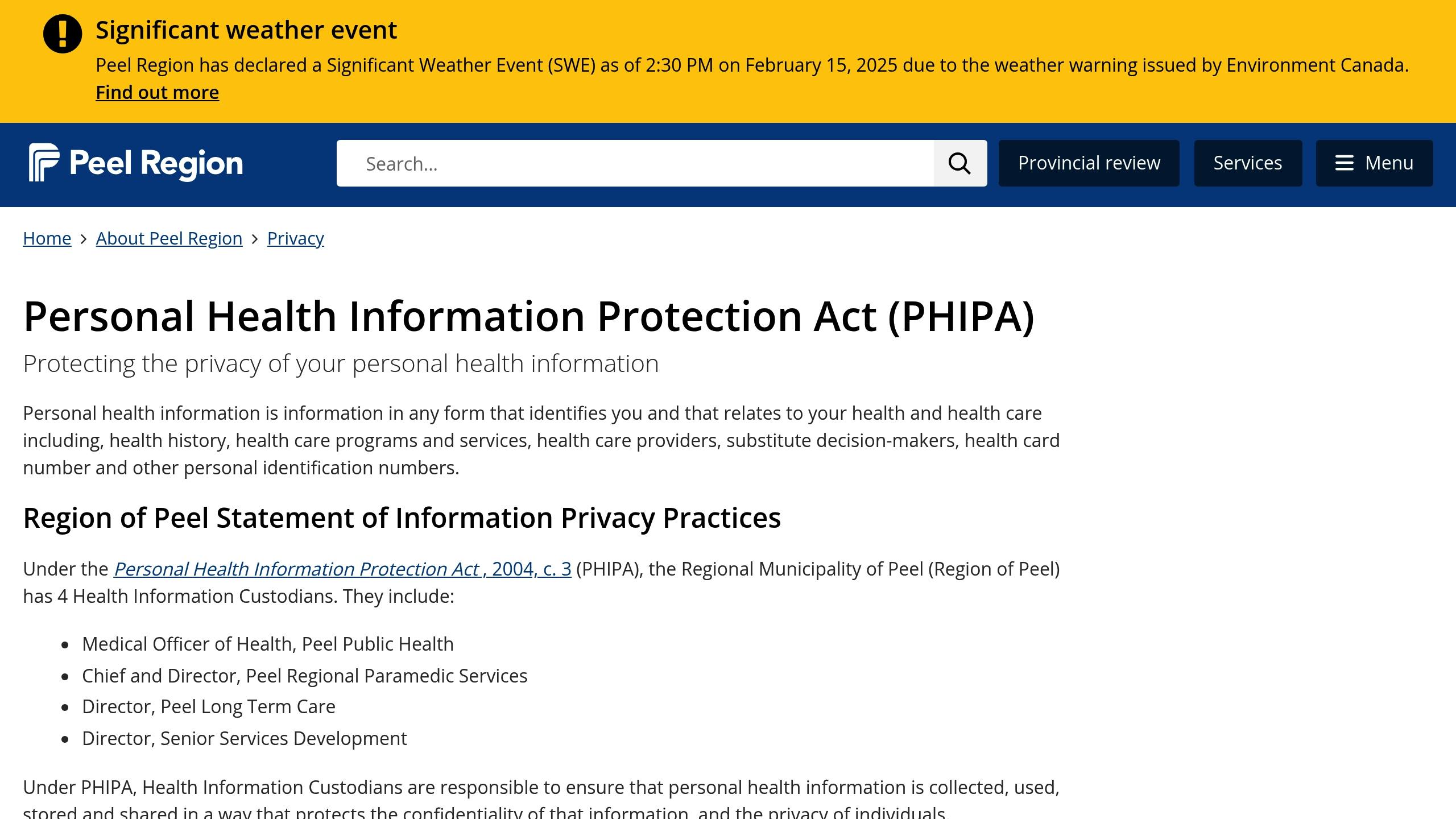
| Requirement | PHIPA (Ontario) | PIPEDA (Federal) |
|---|---|---|
| Scope | Health information in Ontario | Commercial activities nationwide |
| Consent Type | Express consent for AI tools | Explicit consent for intended uses |
To comply, healthcare providers should integrate compliant AI systems, update workflows, and conduct regular audits.
Related video from YouTube
Privacy Rules for AI Medical Scribes
When implementing AI medical scribes, healthcare providers must follow three key rules to ensure compliance and protect patient privacy.
Patient Consent Requirements
Under PHIPA and PIPEDA, healthcare providers must clearly explain and document how AI scribes are used. This includes:
| Consent Component | Details to Provide |
|---|---|
| Purpose | Explain how the AI scribe assists with documentation and what data it uses. |
| Data Collection | Specify the types of patient information being processed. |
| Patient Rights | Inform patients about their ability to opt out and how it might affect their care. |
Consent forms should be written in plain, easy-to-understand language. Providers can refer to OntarioMD's implementation resources for guidance[1].
Data Protection Standards
-
Encryption Requirements
All data transfers and storage, including interactions between AI scribes and EHR systems, must use encryption that meets PIPEDA standards[2]. -
De-identification Protocol
Basic de-identification methods often fall short in clinical settings. A 2018 study found that 80-95% of records in activity datasets could still be re-identified[8]. To address this, providers must:- Use advanced de-identification techniques.
- Restrict access to sensitive data.
- Regularly evaluate the risk of re-identification.
-
Data Retention and Disposal
Providers should establish clear rules for how long data is kept, how it will be securely disposed of, and how to confirm the disposal process is complete.
These steps align with PHIPA's security requirements. Regular security reviews and updates are essential to keep up with evolving risks identified in assessments[2][5].
How to Check AI Vendor Compliance
Once you've set your internal data protection standards, it's time to assess vendors. Here's how to evaluate their capabilities effectively:
Vendor Compliance Requirements
Start by checking the vendor's data storage and security measures. For example, Canadian privacy laws require that all patient data be stored within Canada [1][6].
| Focus Area | Key Evidence | Action |
|---|---|---|
| Data Storage | Data center locations | Review third-party security audits |
| Security Measures | Encryption protocols | Examine security architecture |
| Privacy Controls | Consent management system | Examine Consent Process |
| Incident Response | Breach procedures | Review response plans |
When evaluating vendors, look for proof of:
- Government-approved encryption protocols
- Real-time monitoring systems
- Annual third-party security audits
Additionally, prioritize vendors who provide:
- Privacy impact assessments [6]
- Updated security audit reports [1][2]
- Staff training certifications [1]
- Sample business associate agreements (BAAs) [2][9]
It's essential that their consent management systems align with your patient communication policies.
Monitoring and Data Retention
Effective monitoring tools include:
- Real-time security information and event management (SIEM) systems
- Data loss prevention (DLP) tools [2][9]
For data retention, confirm that the vendor:
Finally, ensure the vendor's incident response plan complies with PHIPA/PIPEDA notification timelines [1][6].
Setting Up AI Scribes in Medical Practices
Once you've ensured vendor compliance, it's time to focus on these operational steps:
Staff Training for AI Note Review
Teaching staff how to review AI-generated notes effectively is key to ensuring accuracy and privacy compliance. A well-structured process should combine automated tools with manual oversight.
| Review Component | Verification Steps | Privacy Considerations |
|---|---|---|
| Clinical Accuracy | Compare notes with source materials | Restrict access to authorized personnel |
| Patient Identifiers | Confirm correct identifiers | Ensure proper de-identification [1] |
| Documentation | Record all changes | Keep a detailed audit trail [8] |
Key actions for reviewing AI notes include:
- Checking notes after each patient encounter
- Verifying the medical accuracy of the content
- Logging any corrections made
- Ensuring proper handling of patient identifiers
Privacy Policy Updates
Make sure your privacy policies are updated to reflect the use of AI scribes. Focus on these critical areas:
- Data Collection: Clearly explain how patient data is captured and processed by the AI system.
- Storage Location: Confirm that all data stays within Canadian borders, adhering to PHIPA and PIPEDA guidelines.
- Access Controls: Define who has permission to view or edit AI-generated notes.
To stay compliant, follow these steps:
- Update Patient Forms: Keep consent forms up to date and ensure they reflect AI usage.
-
Revise Workflow Documentation: Incorporate processes for:
- Recording patient consent decisions.
- Tracking changes made to AI-generated notes [7].
- Responding to privacy-related incidents.
-
Set Up Monitoring Systems: Perform quarterly audits to confirm:
- Consent documentation is in order.
- Access controls are properly enforced.
- Retention policies are being followed [8].
Integrate these updates into your existing PHIPA security reviews, and regularly assess the AI scribe setup to ensure ongoing compliance.
Scribeberry: Canadian Privacy Compliance Example
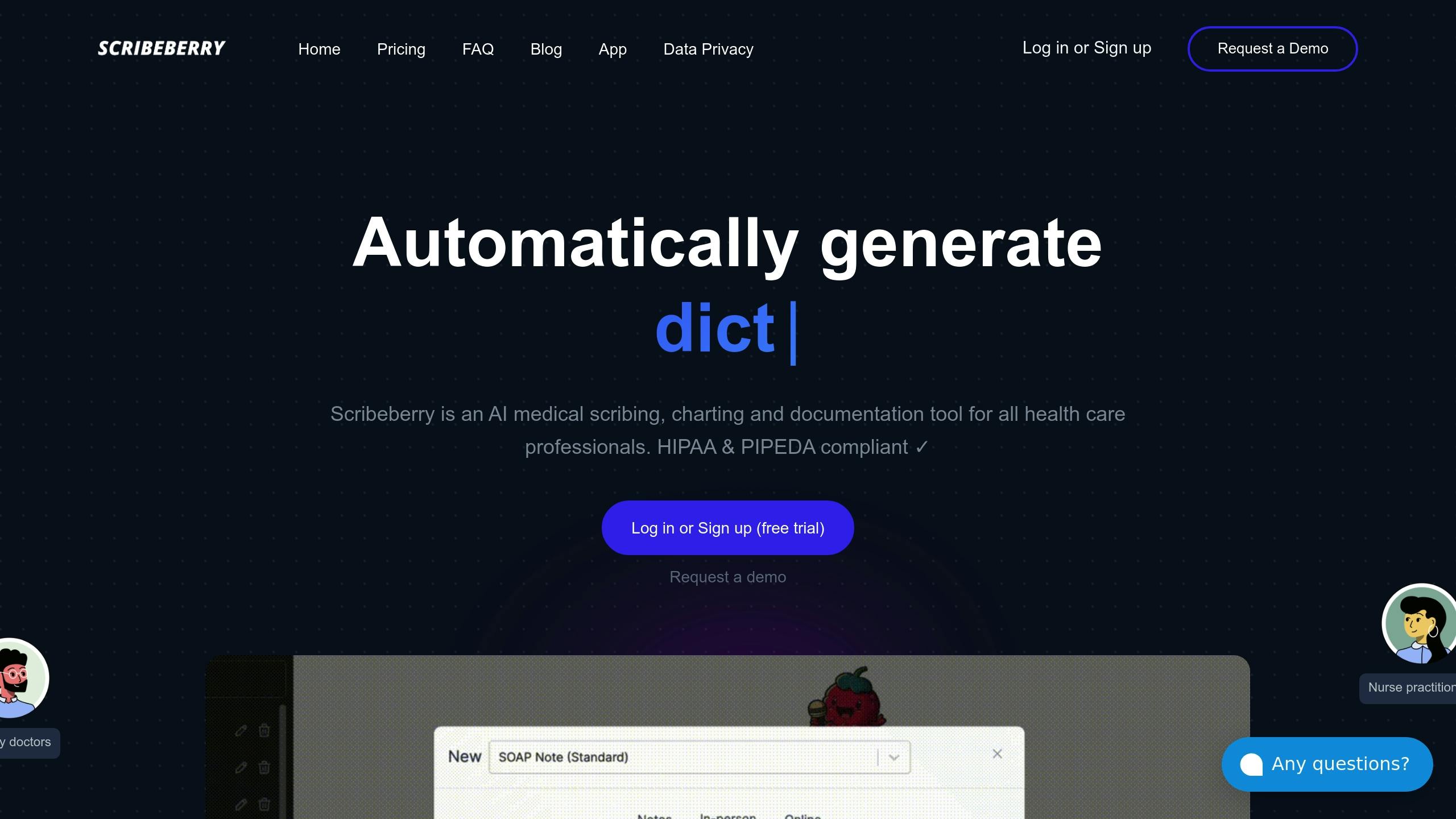
Scribeberry offers a clear example of how vendors can align with Canadian privacy standards, particularly PHIPA and PIPEDA, by incorporating specific safeguards and processes.
Privacy Protection Features
Scribeberry includes privacy-focused measures designed to meet Canada's stringent requirements. Here's how they address compliance:
| Security Feature | Implementation | Compliance Benefit |
|---|---|---|
| Data Residency | Servers located in Canada | Satisfies provincial data localization rules |
| Access Control | Role-based permissions | Ensures only authorized staff can access data |
The platform also allows patients to set their data-sharing preferences, fulfilling PHIPA's mandate for express consent when using AI in healthcare applications[3][4][10].
Clinical Implementation Steps
To successfully implement Scribeberry, healthcare providers must follow these steps:
-
Technical Integration
The platform integrates seamlessly with EMR systems, maintaining compliance through Canadian data residency controls. -
Staff Training
Focused sessions are provided to ensure staff understand AI-powered note handling and privacy procedures[4].
Scribeberry's AI training process is designed to protect patient confidentiality while improving documentation accuracy. This ensures the system can be refined without risking compliance breaches[6].
Summary and Action Steps
Key Takeaways
Looking at Scribeberry's compliance approach, Canadian healthcare providers should address three critical areas when adopting AI scribes. Tools like Scribeberry highlight the importance of meeting these legal requirements under PHIPA and PIPEDA:
- Obtain explicit patient consent for AI usage.
- Ensure end-to-end encryption for all data.
- Conduct mandatory accuracy checks on AI-generated notes.
Steps to Get Started
To roll out compliant AI scribes, healthcare providers can take the following steps:
-
Assess and Plan
Review current documentation workflows to identify where AI can be integrated into clinical processes. -
Technical Setup
Choose a compliant AI vendor, such as Scribeberry, that ensures Canadian data residency and meets PHIPA standards. Integrate the AI system with existing EMR platforms while securing patient data with encryption[8]. -
Train Staff
Develop a training program that covers privacy laws, AI scribe usage, and how to review AI-generated notes[1]. -
Manage Compliance
Schedule quarterly audits for AI-generated notes and access logs to ensure ongoing adherence to regulations[1][8].
